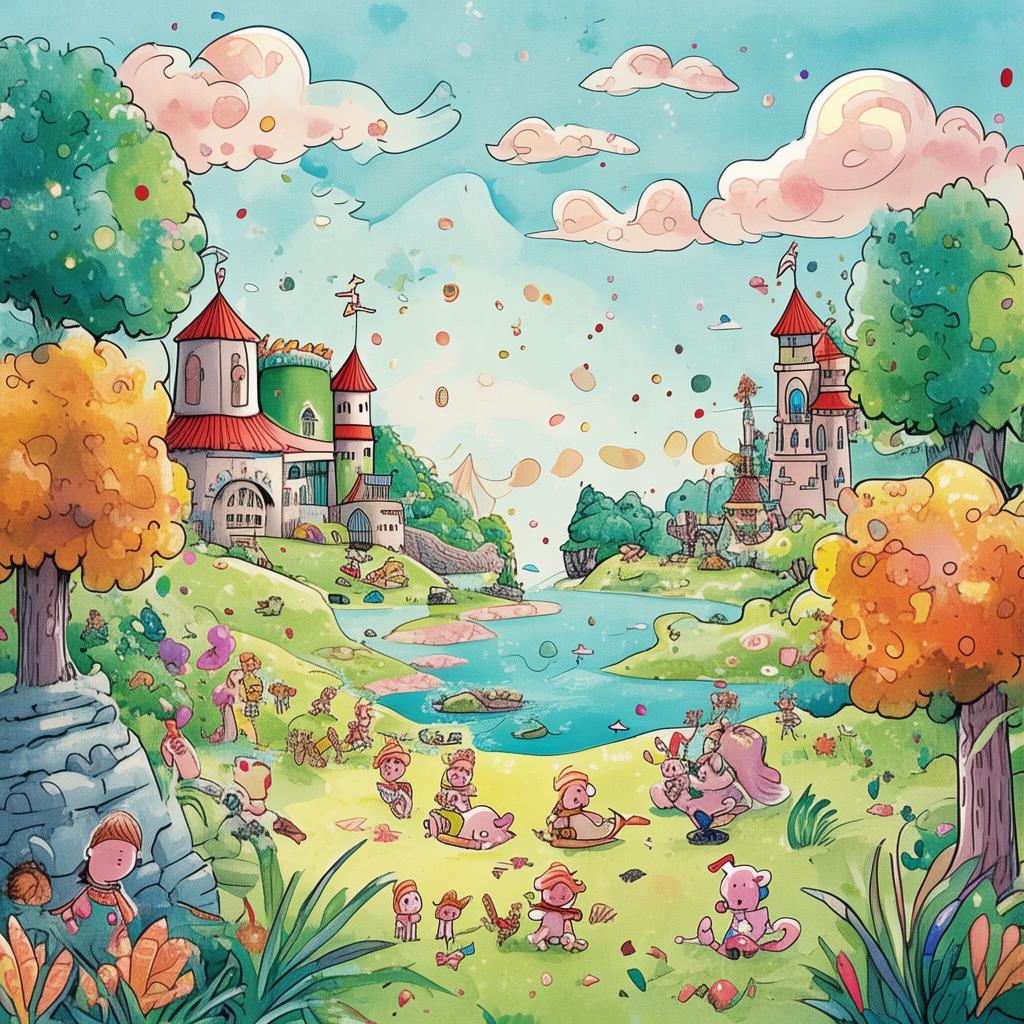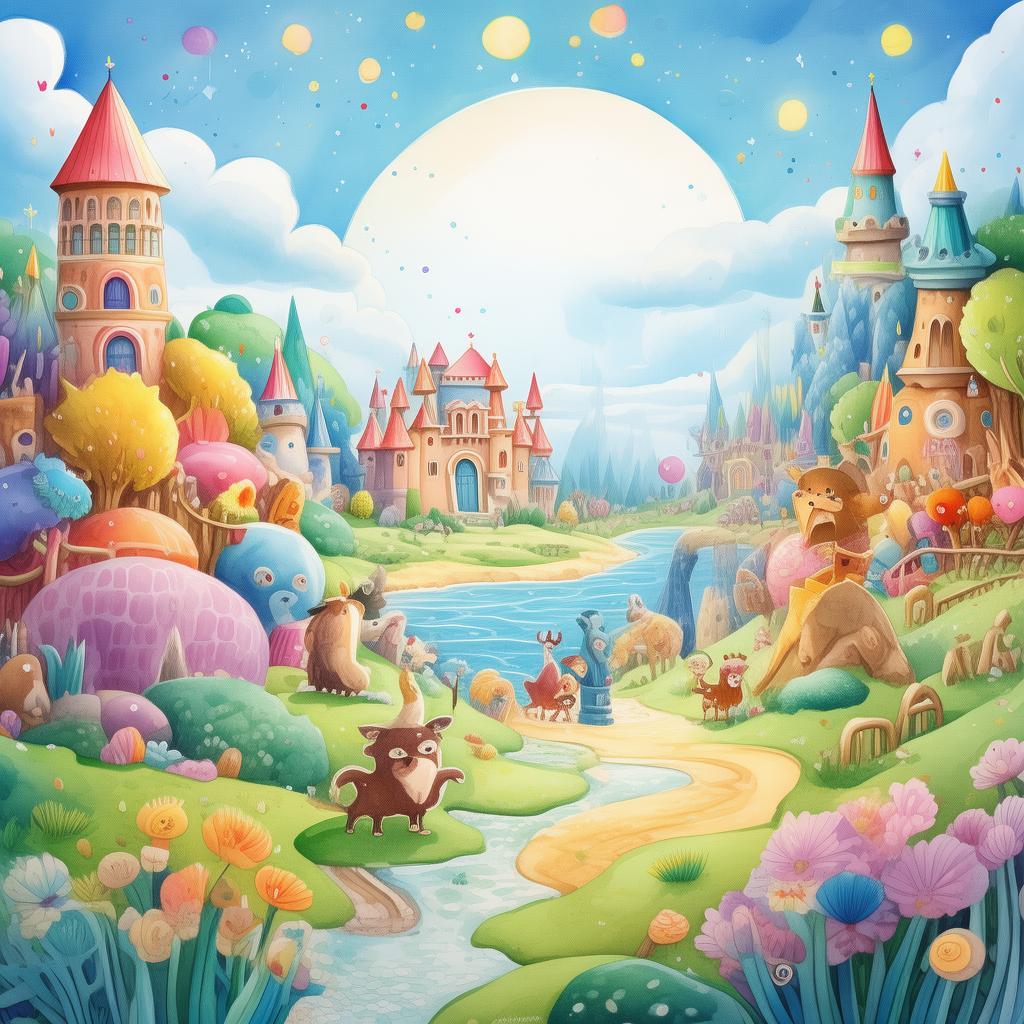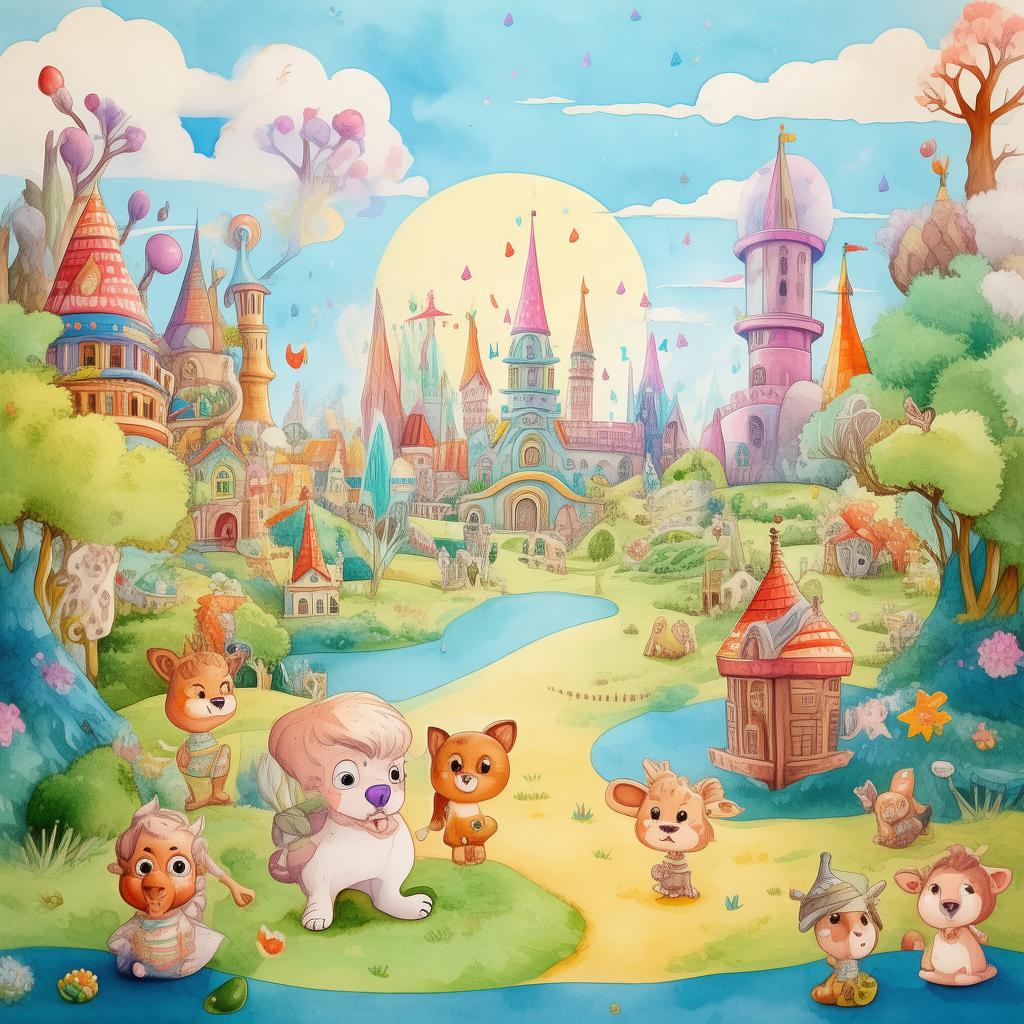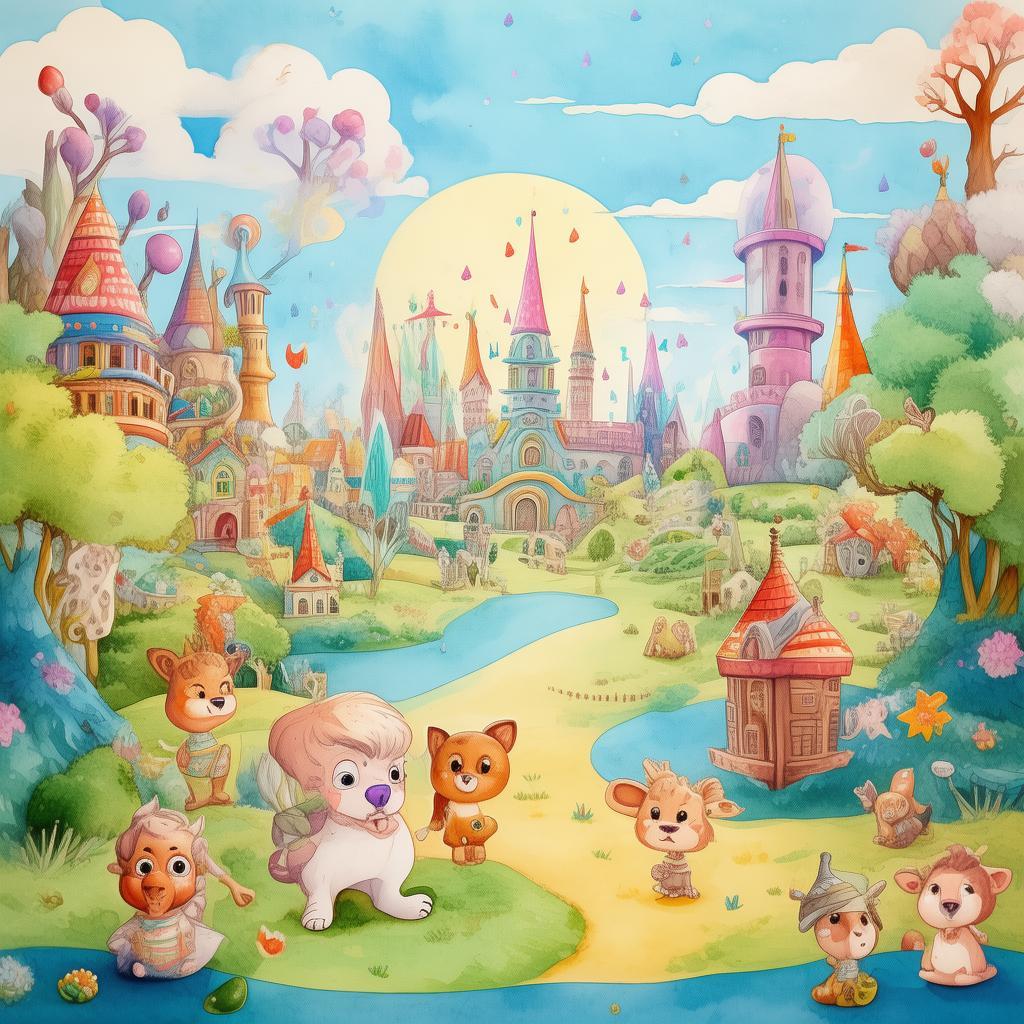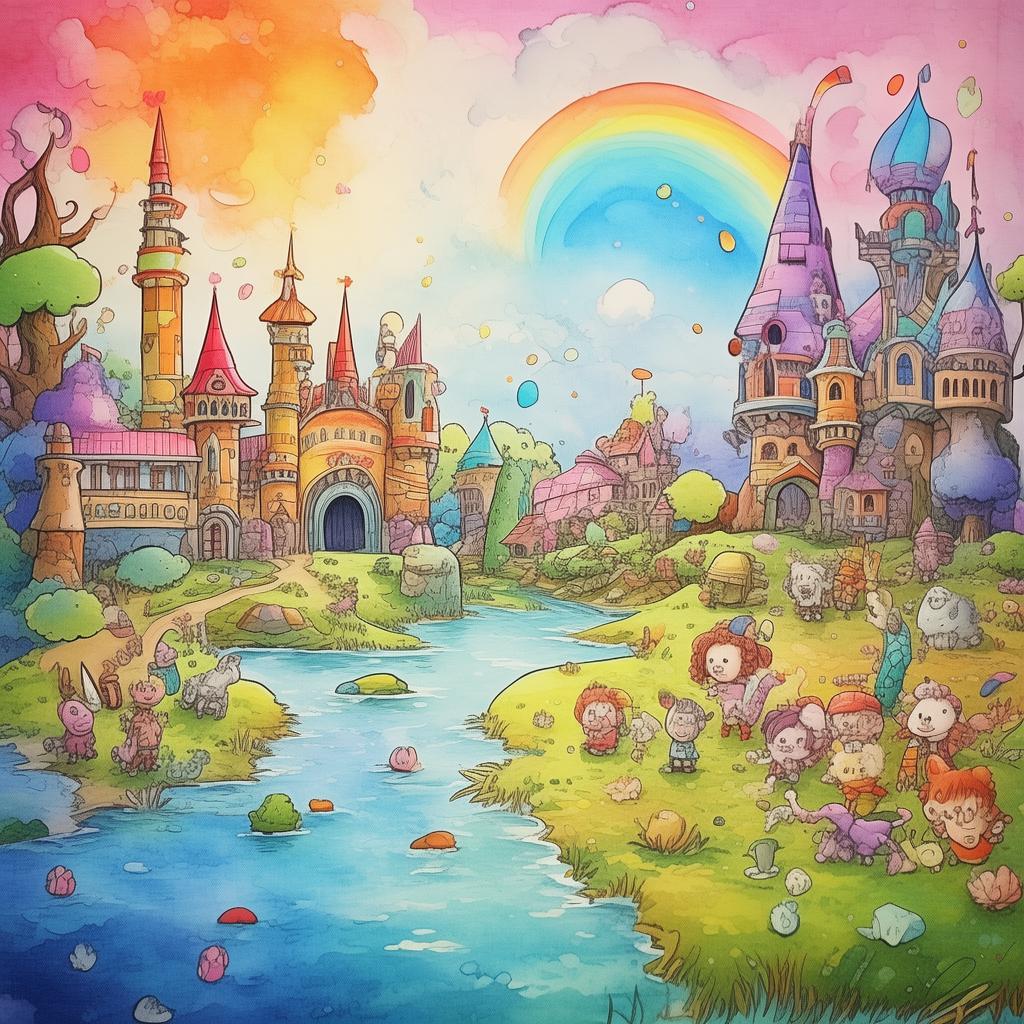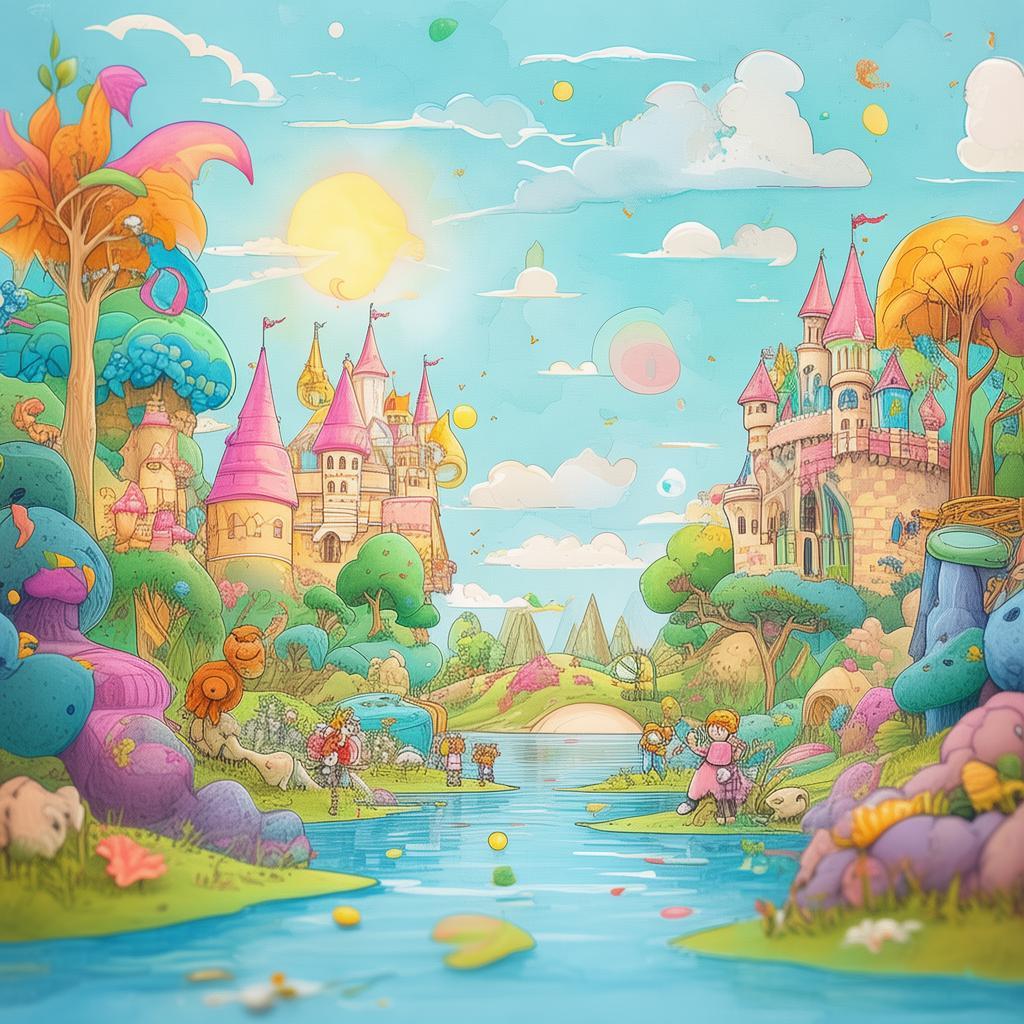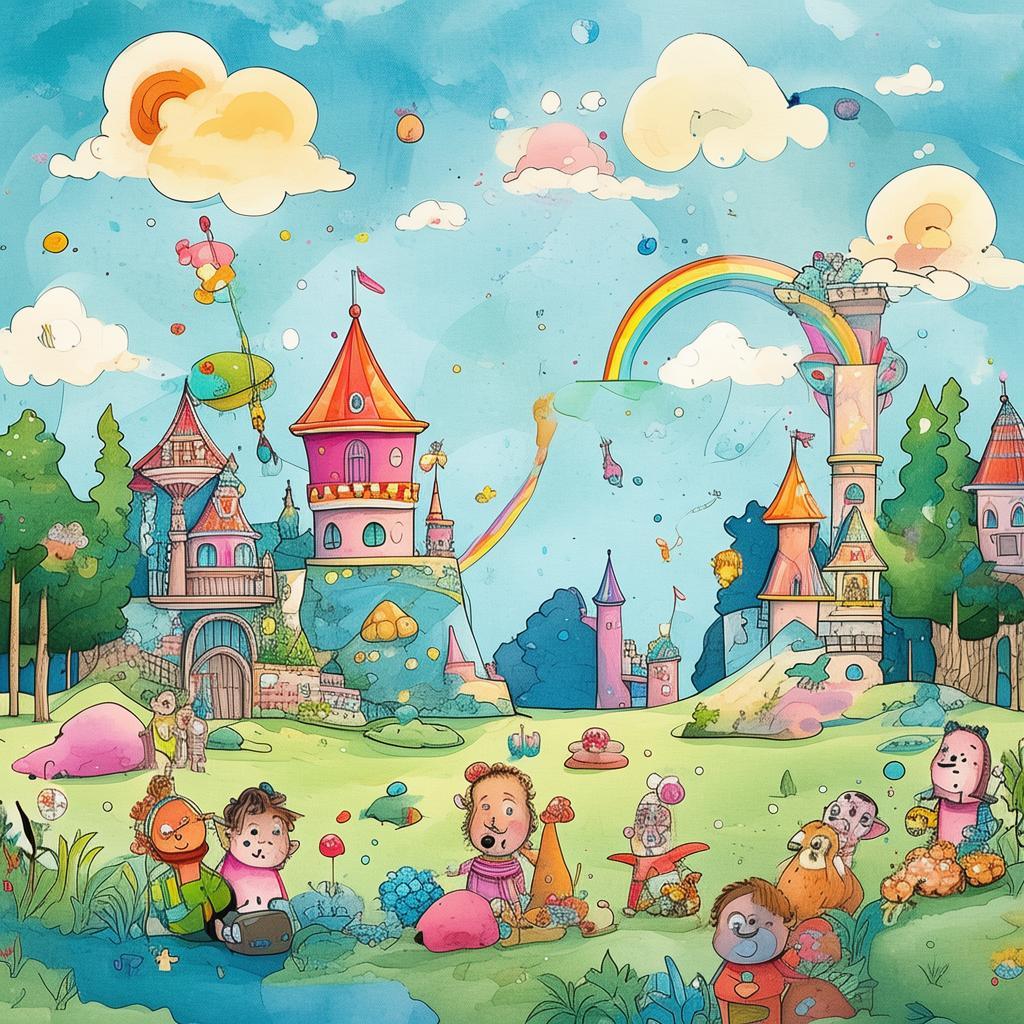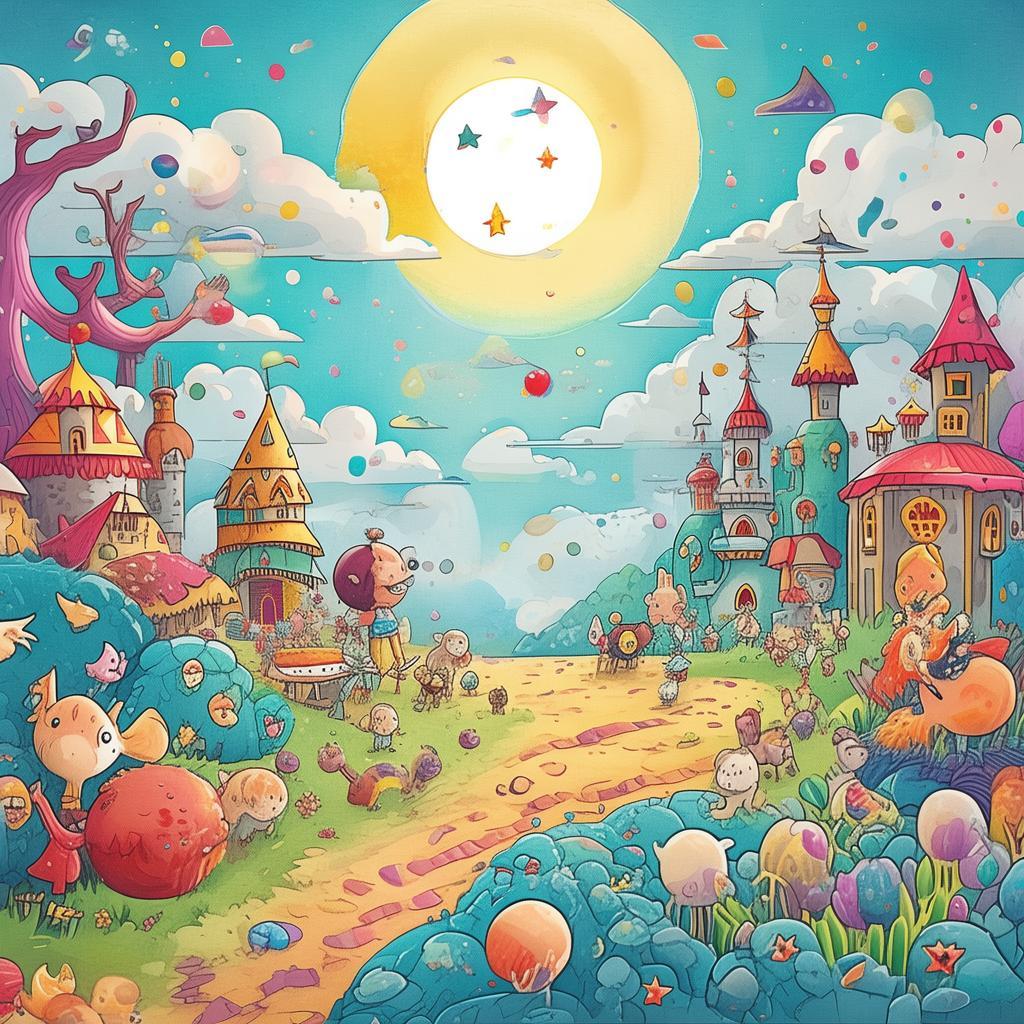The Enchanted Chessboard: A Child's Quest for Perfection
Once upon a time, in a quaint village nestled between rolling hills and whispering forests, there lived a young girl named Lila. Lila was no ordinary child; she had a peculiar gift: the ability to see the magical. To her, the world was filled with enchantments, from the fluttering wings of butterflies to the shimmering glow of the stars at night. But her most cherished secret was the enchanted chessboard that her grandmother had given her. It was said to be a relic from a time when the real world and the magical world intertwined seamlessly.
The chessboard was unlike any other; it was adorned with intricate carvings of knights, queens, and kings, each piece glowing with an inner light. Whenever Lila played, the pieces would come to life, each with its own character and personality. But as she grew older, she began to notice that the magical world was fading. The chess pieces, once vibrant and full of life, now seemed to be losing their luster, and the spells that once protected her village were weakening.
One day, while playing with her chessboard, Lila noticed a peculiar symbol on the king's piece. It was a crossroads, a place where the path of realism and idealism met. Realism was the path of practicality and reason, while idealism was the path of dreams and possibilities. The symbol seemed to call out to her, and Lila felt a strange pull towards it.
Determined to save her magical world, Lila embarked on a quest to find the source of the enchantment's fading. She knew that the answer lay somewhere between realism and idealism, but she wasn't sure which path to take. With her enchanted chessboard in hand, she set out on her journey.
Her first stop was the village of Realism, where everything was governed by logic and reason. The villagers were kind and helpful, but they had no understanding of magic or enchantment. Lila learned a great deal about the importance of practicality and the value of hard work, but she also felt a sense of emptiness. The world of Realism was perfect in its way, but it lacked the magic and wonder that made her own world so special.

Next, she visited the village of Idealism, where dreams and possibilities were the guiding principles. The villagers were imaginative and creative, always thinking of new ways to improve their lives. Lila loved the energy and enthusiasm of this place, but she also noticed that the villagers were often unrealistic and impractical. She realized that neither village alone could restore the enchantment to her chessboard.
It was then that Lila had an epiphany. She realized that the answer lay not in choosing one path over the other, but in finding a way to balance both. She needed to combine the practicality of realism with the creativity of idealism. With this new understanding, Lila returned to her village, ready to put her plan into action.
First, she gathered the villagers and shared her discovery. She taught them to appreciate the magic in their world while still valuing practicality and reason. She showed them how to use their imagination to create new spells and enchantments, but also emphasized the importance of hard work and common sense.
Together, they began to restore the enchantment to the chessboard. Lila played her games with more passion and dedication than ever before, and the chess pieces began to glow once more. The spells that protected the village started to work again, and the world around her seemed to come alive with magic once more.
As the days passed, Lila noticed that her village was changing for the better. The children were playing with a newfound sense of wonder, and the adults were working together to create a more harmonious community. The balance between realism and idealism had been restored, and Lila knew that her quest had been successful.
In the end, Lila realized that perfection was not about choosing one path over the other, but about finding a way to embrace both. She had learned that the true magic of the enchanted chessboard was not in the pieces themselves, but in the balance between reality and imagination, between realism and idealism.
And so, the village of Lila thrived, filled with magic and wonder, and guided by the wisdom of balance. Lila continued to play her games, and the enchanted chessboard remained a cherished symbol of her journey. And in her heart, she knew that as long as she lived, the magic would never fade.
✨ Original Statement ✨
All articles published on this website (including but not limited to text, images, videos, and other content) are original or authorized for reposting and are protected by relevant laws. Without the explicit written permission of this website, no individual or organization may copy, modify, repost, or use the content for commercial purposes.
If you need to quote or cooperate, please contact this site for authorization. We reserve the right to pursue legal responsibility for any unauthorized use.
Hereby declared.
